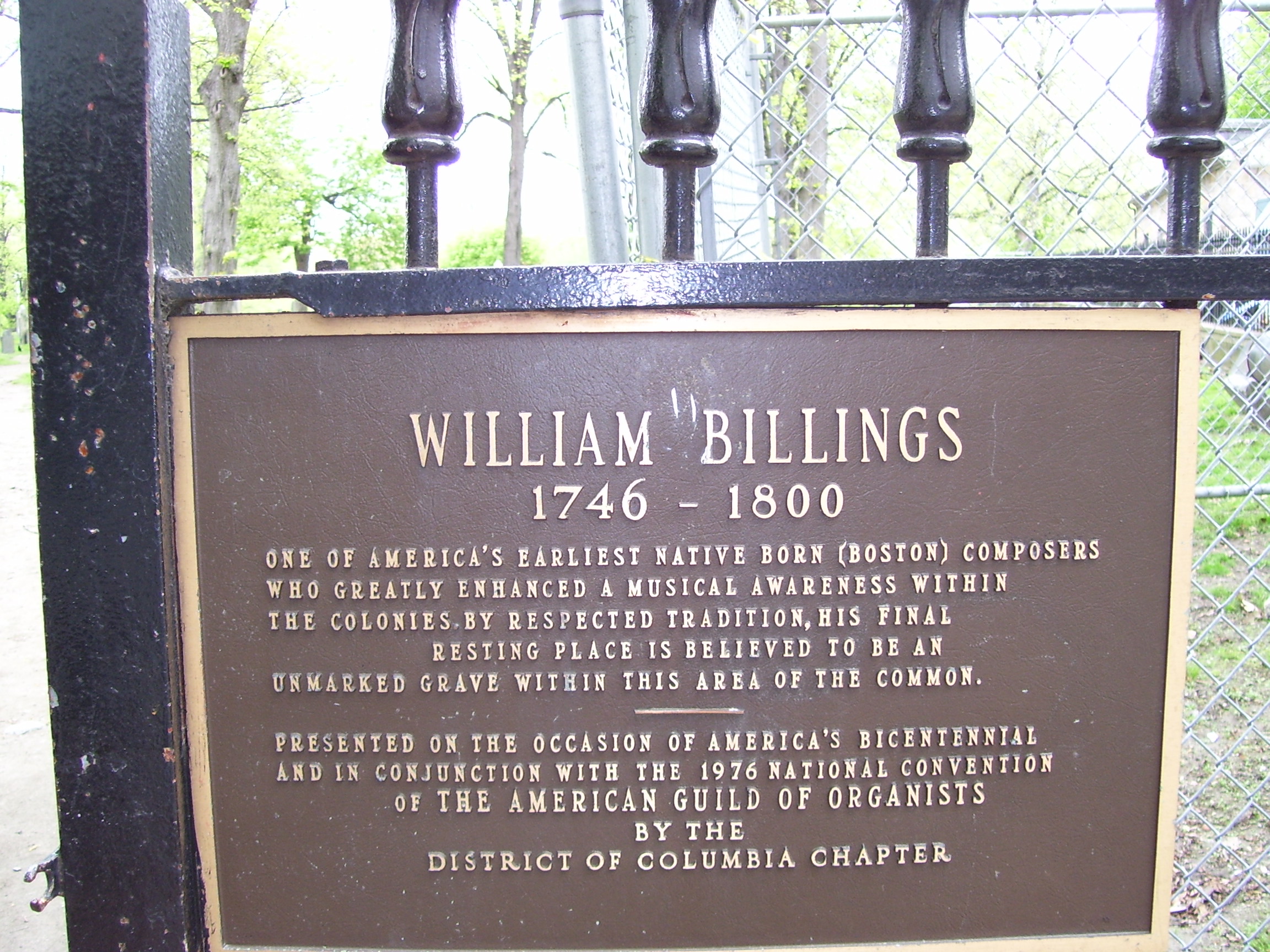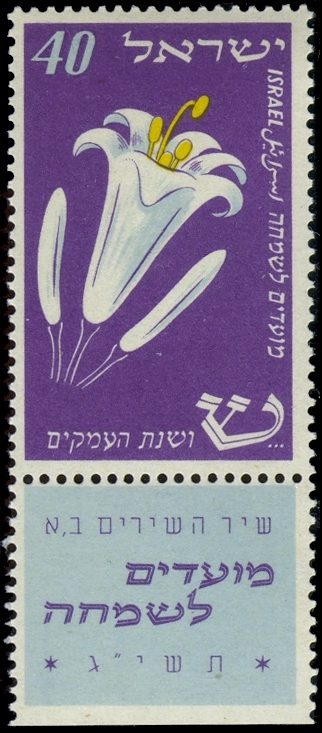|
Rose Of Sharon (William Billings Song)
"Rose of Sharon" is a sacred choral anthem composed by William Billings. It was first published in ''The Singing Master's Assistant'' (1778) as ''An Anthem, Solomons Songs, Chap 2'', and was subsequently published in many early American tunebooks, including ''The Southern Harmony'' and ''The Sacred Harp''. It continues to be a popular song to perform by early music ensembles, and AllMusic declares it "one of his best-loved works today". The poetry of the anthem is derived from the second chapter of the Song of Solomon: KJV version I am the rose of Sharon, and the lily of the valleys. As the lily among thorns, so is my love among the daughters. As the apple tree among the trees of the wood, so is my beloved among the sons. I sat down under his shadow with great delight, and his fruit was sweet to my taste. He brought me to the banqueting house, his banner over me was love. Stay me with flagons, comfort me with apples: for I am sick of love. I charge you, O ye daughters of Jeru ... [...More Info...] [...Related Items...] OR: [Wikipedia] [Google] [Baidu] |
Anthem
An anthem is a musical composition of celebration, usually used as a symbol for a distinct group, particularly the national anthems of countries. Originally, and in music theory and religious contexts, it also refers more particularly to short sacred choral work (still frequently seen in Sacred Harp and other types of shape note singing) and still more particularly to a specific form of liturgical music. In this sense, its use began ca. 1550 in English-speaking churches; it uses English language words, in contrast to the originally Roman Catholic 'motet' which sets a Latin text. Etymology ''Anthem'' is derived from the Greek (''antíphōna'') via Old English . Both words originally referred to antiphons, a call-and-response style of singing. The adjectival form is "anthemic". History Anthems were originally a form of liturgical music. In the Church of England, the rubric appoints them to follow the third collect at morning and evening prayer. Several anthems are inclu ... [...More Info...] [...Related Items...] OR: [Wikipedia] [Google] [Baidu] |
William Billings
William Billings (October 7, 1746 – September 26, 1800) is regarded as the first American choral composer and leading member of the First New England School. Life William Billings was born in Boston, Massachusetts. At the age of 14, the death of his father stopped Billings' formal schooling. In order to help support his family, young Billings trained as a tanner. He possibly received musical instruction from John Barry, one of the choir members at the New South Church, but for the most part he was self-taught. Billings had an unusual appearance and a strong addiction to snuff. His contemporary wrote that Billings "was a singular man, of moderate size, short of one leg, with one eye, without any address & with an uncommon negligence of person. Still, he spake & sung & thought as a man above the common abilities." Billings' wife died on March 26, 1795, leaving him with six children under the age of 18. He died in poverty in Boston on September 26, 1800. His funeral was ... [...More Info...] [...Related Items...] OR: [Wikipedia] [Google] [Baidu] |
The Southern Harmony
The ''Southern Harmony, and Musical Companion'' is a shape note hymn and tune book compiled by William Walker, first published in 1835. The book is notable for having originated or popularized several hymn tunes found in modern hymnals and shape note collections like '' The Sacred Harp''. The music and its notation The roots of ''Southern Harmony'' singing, like the Sacred Harp, are found in the American colonial era, when singing schools convened to provide instruction in choral singing, especially for use in church services. This practice remained popular with Baptists in the South long after it fell from use in other regions. In 1801, a book called ''The Easy Instructor'' by William Smith and William Little was published for the use of this movement; its distinguishing feature was the use of four separate shapes that indicated the notes according to the rules of solfege. A triangle indicated ''fa'', a circle ''sol'', a square ''la'' and a diamond, ''mi.'' To avoid ... [...More Info...] [...Related Items...] OR: [Wikipedia] [Google] [Baidu] |
The Sacred Harp
Sacred Harp singing is a tradition of sacred choral music that originated in New England and was later perpetuated and carried on in the American South. The name is derived from ''The Sacred Harp'', a ubiquitous and historically important tunebook printed in shape notes. The work was first published in 1844 and has reappeared in multiple editions ever since. Sacred Harp music represents one branch of an older tradition of American music that developed over the period 1770 to 1820 from roots in New England, with a significant, related development under the influence of "revival" services around the 1840s. This music was included in, and became profoundly associated with, books using the shape note style of notation popular in America in the 18th and early 19th centuries. Sacred Harp music is performed '' a cappella'' (voice only, without instruments) and originated as Protestant music. The music and its notation The name of the tradition comes from the title of the shape- ... [...More Info...] [...Related Items...] OR: [Wikipedia] [Google] [Baidu] |
AllMusic
AllMusic (previously known as All Music Guide and AMG) is an American online music database. It catalogs more than three million album entries and 30 million tracks, as well as information on musicians and bands. Initiated in 1991, the database was first made available on the Internet in 1994. AllMusic is owned by RhythmOne. History AllMusic was launched as ''All Music Guide'' by Michael Erlewine, a "compulsive archivist, noted astrologer, Buddhist scholar and musician". He became interested in using computers for his astrological work in the mid-1970s and founded a software company, Matrix, in 1977. In the early 1990s, as CDs replaced LPs as the dominant format for recorded music, Erlewine purchased what he thought was a CD of early recordings by Little Richard. After buying it he discovered it was a "flaccid latter-day rehash". Frustrated with the labeling, he researched using metadata to create a music guide. In 1990, in Big Rapids, Michigan, he founded ''All Music Gui ... [...More Info...] [...Related Items...] OR: [Wikipedia] [Google] [Baidu] |
Song Of Songs 2
Song of Songs 2 (abbreviated as Song 2) is the second chapter of the Song of Songs in the Hebrew Bible or the Old Testament of the Christian Bible.Holman Illustrated Bible Handbook. Holman Bible Publishers, Nashville, Tennessee. 2012. This book is one of the Five Megillot, a collection of short books, together with Ruth, Lamentations, Ecclesiastes and Esther, within the Ketuvim, the third and the last part of the Hebrew Bible. Jewish tradition views Solomon as the author of this book (although this is now largely disputed), and this attribution influences the acceptance of this book as a canonical text. This chapter contains a dialogue in the open air and several female poems with the main imagery of flora and fauna. Text The original text is written in Hebrew language. This chapter is divided into 17 verses. Textual witnesses Some early manuscripts containing the text of this chapter in Hebrew are of the Masoretic Text, which includes the Aleppo Codex (10th century), an ... [...More Info...] [...Related Items...] OR: [Wikipedia] [Google] [Baidu] |
Bible (King James)/Song Of Solomon
The Bible (from Koine Greek , , 'the books') is a collection of religious texts or scriptures that are held to be sacred in Christianity, Judaism, Samaritanism, and many other religions. The Bible is an anthologya compilation of texts of a variety of forms originally written in Hebrew, Aramaic, and Koine Greek. These texts include instructions, stories, poetry, and prophecies, among other genres. The collection of materials that are accepted as part of the Bible by a particular religious tradition or community is called a biblical canon. Believers in the Bible generally consider it to be a product of divine inspiration, but the way they understand what that means and interpret the text can vary. The religious texts were compiled by different religious communities into various official collections. The earliest contained the first five books of the Bible. It is called the Torah in Hebrew and the Pentateuch (meaning ''five books'') in Greek; the second oldest part was a coll ... [...More Info...] [...Related Items...] OR: [Wikipedia] [Google] [Baidu] |



.jpg)